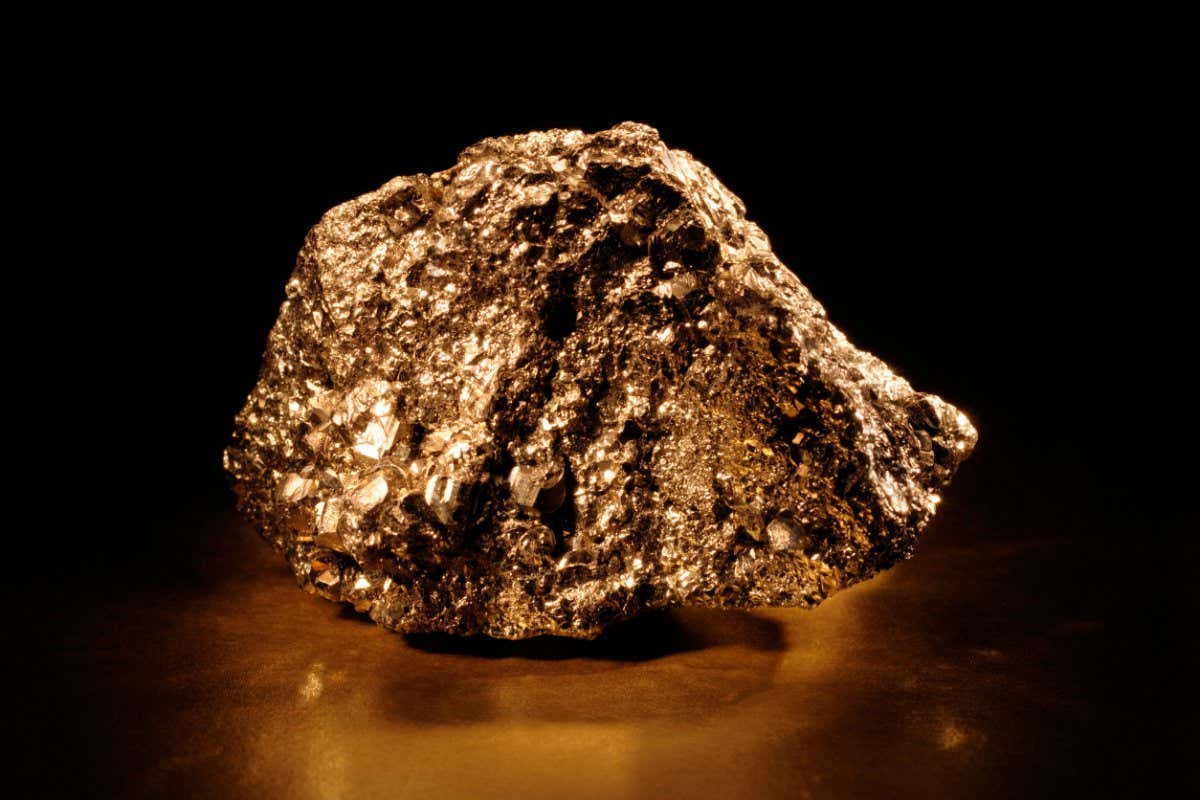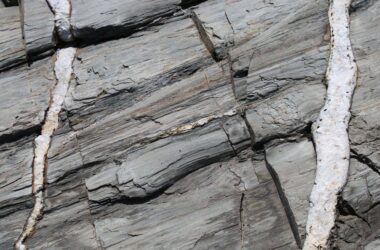Pyrite, or fool’s gold, has come from 21 distinct origins
Andrew Paterson / Alamy Stock Photo
A new catalogue has identified the existence of approximately 4000 more minerals than previously thought. The classification of these minerals is not solely based on their internal structure and chemistry, but also on the specific ways in which they are formed.
According to Stefan Nicolescu at Yale University, this discovery helps researchers gain a deeper understanding of Earth’s development, which is proving to be more complex than expected. Nicolescu describes it as a step towards organizing our knowledge of Earth’s minerals and making sense of it.
The study authors argue that minerals carry valuable information about the Earth’s history and studying their origins can provide insights into the emergence of life and the evolution of planets. Minerals act as time capsules, preserving the conditions under which they formed and any subsequent alterations they underwent.
Researchers Shaunna Morrison and Robert Hazen from the Carnegie Institution for Science analyzed thousands of scientific papers, reference books, and databases to identify the various ways in which minerals form. They classified minerals as distinct when they could form in different ways, leading to an increase in the total number of mineral classifications.
Their analysis revealed that minerals can form through 57 different processes, including asteroid collisions, evaporation, oxidation, and the actions of microorganisms. These classifications, categorized under the emerging field of mineral informatics, allow mineralogists to study patterns across minerals and ask targeted questions.
While most minerals form through specific processes, nine minerals can form through more than 15 different ways. Pyrite, also known as fool’s gold, has been found to have originated from 21 distinct sources, making it the mineral with the highest number of origins. Water plays a central role in the formation of nearly half of Earth’s minerals, with biological life contributing to the creation of one-third of known minerals.
Hazen and Morrison propose expanding the known number of minerals from under 6000 to over 10,000 based on their findings. They have made their work available in a public database that can aid in understanding Earth’s evolution and the development of other planets. Mineral evolution, as a field, utilizes knowledge about mineral formation to investigate the presence of specific minerals during different periods of Earth’s history and their potential impact on the emergence of life.
Anhuai Lu at Peking University and the president of the International Mineralogical Association compares this effort to classify minerals based on their origins to the creation of the periodic table of elements, highlighting its significance in the field of mineralogy.
Hazen and Morrison suggest that mineralogy can also provide insights into Earth’s future. As global warming continues and sea ice melts, higher carbon levels in the atmosphere may lead to the development of minerals with higher carbon content. Changes in water flows could also result in the discovery of new and diverse minerals in previously unexplored areas.








